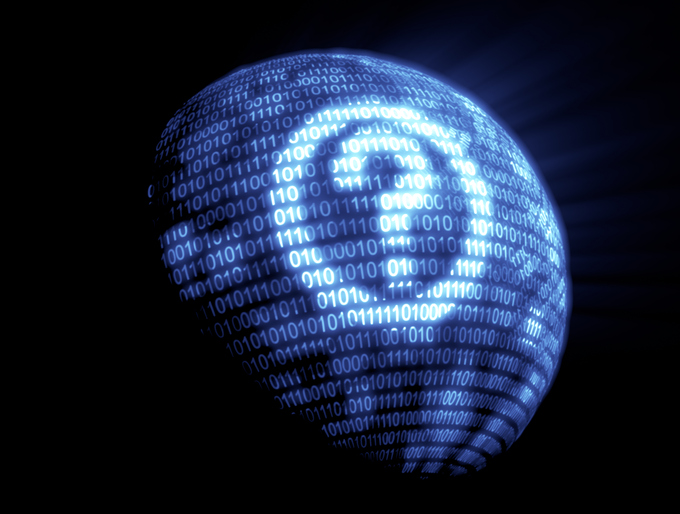With hot new buzzwords coming and going year after year, it’s hard to blame any procurement professionals who are becoming disillusioned. One of the latest, “autonomous procurement,” has been the focus of writings by industry experts both enthusiastic other less optimistic.
But many purchasing team members, including leadership, still lack clarity on what exactly the term means. Understanding the definition of autonomous procurement – from AI to process automation – will provide the ability to better take advantage of its benefits that are already here and better prepare for those that are still on the way.
To learn more about autonomous procurement and the journey to get there, download our new white paper written by Michael Lamoreux, Spend Matters.
What Is Autonomous Procurement?
As we’ve previously written, autonomous procurement is a platform with embedded intelligence, but a system that also continues to build on those capabilities to automate the full source to pay process without human interaction. However, this will happen only in instances where human input isn’t necessary or desired, such as repetitive or time-consuming tasks. The system only augments human capabilities, so the real-life team members will always have the option to override the autonomous system or provide new guidance on how tasks should be completed. Autonomous procurement is built to augment, not replace, people.
And if you were wondering, what on earth is “autonomous procurement’?! pic.twitter.com/kWSLUOrnNO
— JAGGAER (@JaggaerPro) February 20, 2020
In JAGGAER’s new white paper, Michael Lamoureux of Spend Matters also offers a valuable definition, noting that autonomous procurement systems are “fourth-generation, network-enabled procurement platforms.” The road to autonomous procurement is “a journey that starts with technology that assists buyers in completing tasks and ends with a platform that applies knowledge collected from buyers to do the tedious parts of their jobs for them. This final sentence is perhaps the most important part. An autonomous system continuously learns from buying patterns so that it continues to improve its execution. But it goes beyond traditional automation by applying this intelligence to new tasks.
A system that learns
Autonomous procurement systems don’t just learn pattern recognition from the input of humans. They can also use these learnings to adapt to new tasks and situations, just like a seasoned procurement expert might. This is a sizable advantage when it comes to handling exceptions, because autonomous system can adapt to manage pattern exceptions without needing human intervention or approvals. This frees up the human experts to develop strategic plans rather than spending that time managing exceptions and overseeing software.
For example, if the overall delivery prediction across all suppliers is above 90%, but one supplier averages only 70% on-time delivery prediction, the autonomous system will not only recognize that the supplier is well below average, but also proactively seek out ways to resolve the discrepancy. For example, it may run different models against that supplier to determine what is impacting the prediction – geography, category, etc. It will then use this information to build a more accurate prediction model and apply that model to similar suppliers in the future.
Autonomous from Source to Pay
The applications of autonomous procurement exist across the full sourcing and purchasing workflow. For example, creating sourcing events can be simplified as an autonomous system can add suppliers automatically based on what categories and quantities of goods you have included in the event. It can also recognize event formats, key criteria, and contract templates based on previously sourced events.
For new suppliers who are not yet under contract, advanced contract analytics can recognize which clauses are new and which clauses are typically included but are missing in a given contract, then evaluate the risk level of each element of the agreement. Then it can automatically compare invoices from that supplier to the agreed-upon contract and correct any invoices that show discrepancies.
On the purchasing side, an autonomous platform brings a powerful recommendation engine that can not only recommend products based on previous search behavior, but also learns frequency and can automatically reorder items before they run out. Smart assistants learn navigational behavior and can present information quickly to replace the traditional method of point and click and digging deep into menus and file structures.
How to Become Autonomous
The road to autonomous procurement is a long one. JAGGAER recognizes that this is a years-long journey, and things won’t be solved overnight. The important thing is to get started as quickly as possible.
Autonomous procurement comes with a learning curve. Buyers will not only have to learn to use the technology but also how to trust that it’s making the right decisions. It’s not easy to surrender partial control to an autonomous system, and this change management will take time. Digital systems that offer predictions and machine learning also need a history of data to learn from and base their decisions on, so it’s important to start soon in order to build up that database. Without a history of accurate data, it is more difficult for an autonomous platform to make good decisions. Like any project, future development is reliant on a strong foundation. The time to start building that foundation is now.




